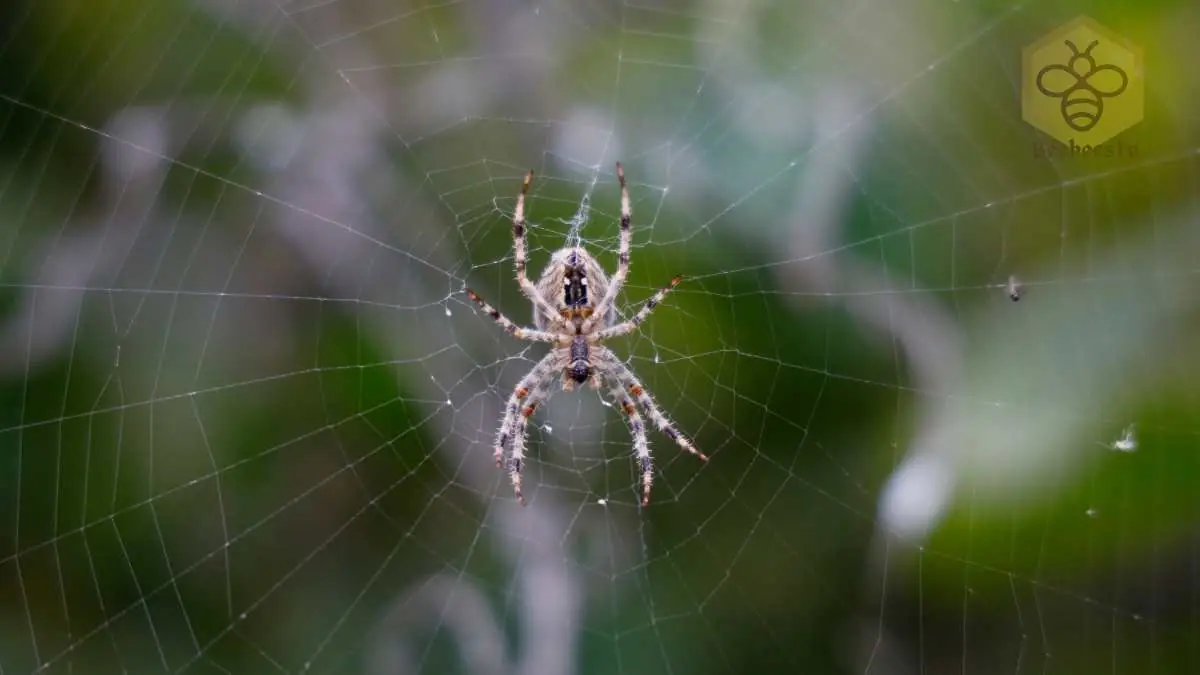Barn Spider: The Silent Weaver of the Night
Barn Spider
Introduction
The barn spider is a fascinating arachnid known for its intricate web-spinning skills and nocturnal habits. Though small, these spiders play a significant role in their ecosystems by controlling insect populations.
Scientific Overview
Scientific Name
Araneus cavaticus
Common Name
Barn Spider
Scientific Classification
| Kingdom | Animalia |
| Phylum | Arthropoda |
| Class | Arachnida |
| Order | Araneae |
| Family | Araneidae |
| Genus | Araneus |
Origin and Distribution
Native Regions
Barn spiders are commonly found in North America, especially in rural and agricultural areas.
Habitat
True to their name, barn spiders are often seen in barns, sheds, and other man-made structures. They thrive in areas where flying insects are abundant.
Physical Characteristics
Size and Weight
- Length: Females are typically 15–20 mm, while males are smaller, about 10 mm.
- Weight: Generally lightweight, rarely exceeding a few grams.
Appearance
- Color: Yellowish-brown with distinct white or gray markings on the abdomen.
- Body Structure: Eight legs covered with fine hairs and a rounded abdomen.
- Webs: Known for their symmetrical, orb-shaped webs.
Behavior and Lifestyle
Activity Patterns
Barn spiders are nocturnal. They spin their webs at night and dismantle them in the morning.
Web-Spinning Skills
These spiders are master web builders, creating large, orb-shaped structures to catch their prey efficiently.
Diet and Feeding Habits
What Do They Eat?
Barn spiders are carnivorous and primarily feed on:
- Flies.
- Mosquitoes.
- Moths.
Hunting Strategy
They rely on their sticky webs to trap prey. Once an insect is caught, the spider quickly immobilizes it with venom.
Reproduction and Lifespan
Breeding Habits
- Mating Season: Typically occurs in late summer and early autumn.
- Mating Rituals: Males approach females cautiously to avoid being mistaken for prey.
Eggs and Offspring
- Females lay eggs in silk-wrapped sacs, which they secure in sheltered locations.
- The young spiderlings hatch in spring and disperse to new areas.
Lifespan
They usually live for about one year.
Predators and Threats
Natural Predators
- Birds.
- Frogs.
- Larger spiders.
Human-Related Threats
- Destruction of webs.
- Pesticide use in agricultural areas.
Ecological Importance
Pest Control
Barn spiders help control insect populations, making them beneficial in agricultural settings.
Prey for Other Animals
They serve as a food source for birds and other predators.
Population and Conservation Status
Current Status
They are not considered endangered and have stable populations.
Conservation Efforts
Encouraging natural habitats and reducing pesticide use can support their populations.
Interesting Facts About Barn Spiders
- Why Are They Called Barn Spiders?
They are commonly found in barns and rural structures, where flying insects are abundant. - Do They Pose a Threat to Humans?
Barn spiders are harmless to humans and rarely bite unless provoked. - How Do They Build Their Webs?
They construct intricate, orb-shaped webs at night using silk produced by spinnerets. - What Happens to Their Webs?
They often eat their webs each morning to recycle the silk proteins. - Are Barn Spiders Solitary?
Yes, they are solitary creatures and prefer to work and live alone.
Conclusion
The barn spider is a remarkable arachnid, celebrated for its web-spinning abilities and role in pest control. Despite their modest size, they contribute significantly to maintaining ecological balance. By appreciating and protecting these silent weavers, we can ensure they continue to thrive in their natural habitats.
